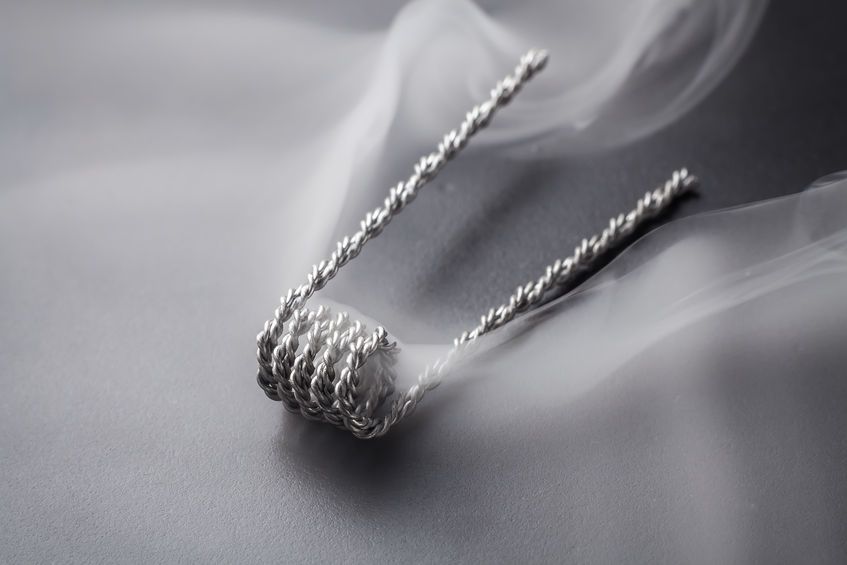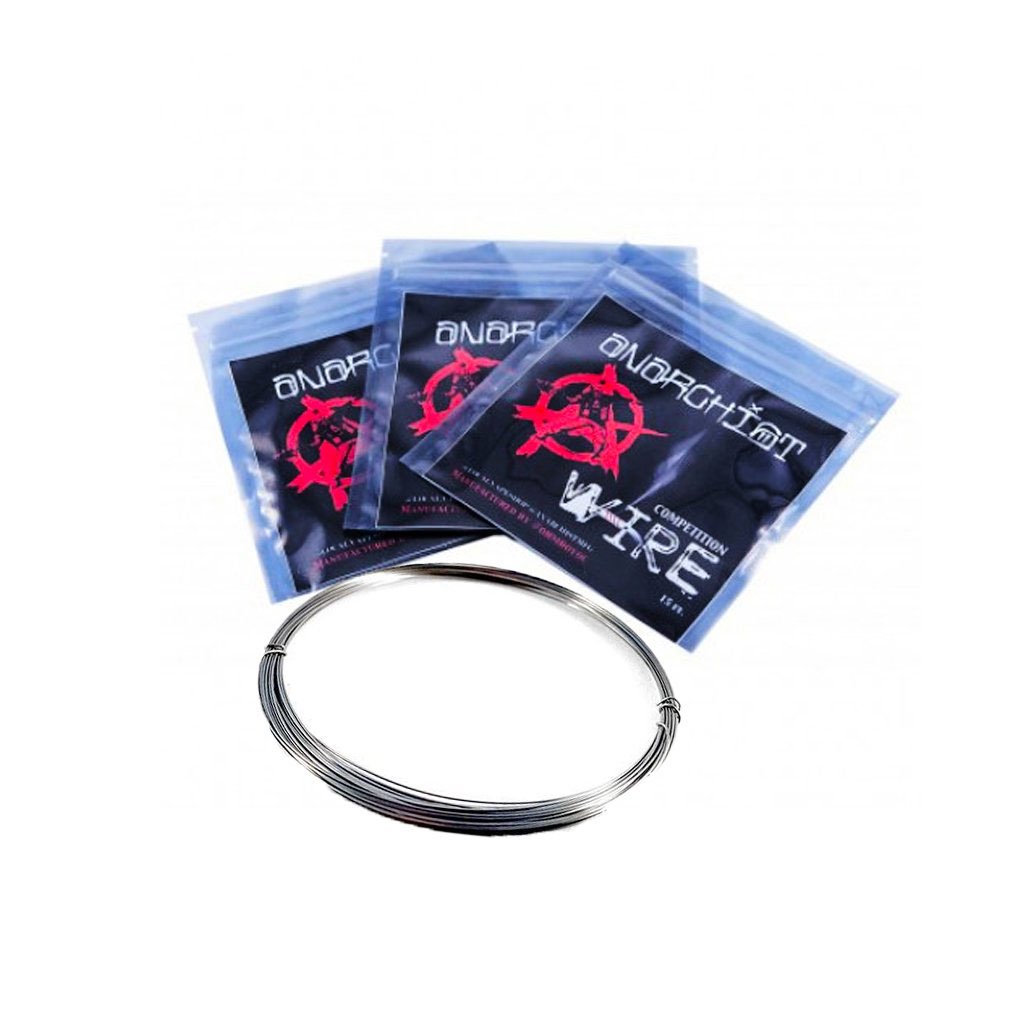
While vaping is still relatively new, it has become an incredibly popular alternative to traditional smoking. This is completely understandable since vaping is considered by many to be a much healthier alternative than traditional smoking[1]. That said, vaping is undoubtedly a bit more complicated than traditional smoking, requiring a variety of tools as well as the know-how to select compatible ones and put them together. Taking the time to understand these various tools and how they work is well worth it as the right choices can vastly improve your vaping experience. One of the most important tools you need to consider and select is vaping wire.
Understanding Wire for Vaping
The wire that is used for vaping is incredibly important, as it is the way your e-juice is transformed into vapor. Using the wrong type of vaping wire in a certain type of vaping mod can not only prevent you from getting the full vapor you desire, it can sometimes even lead to an incredibly unpleasant burnt taste. It is for this reason that it’s important to learn about the most common types of vaping wire–so you can determine which option is best for you.
All vaping wire has several basic characteristics, including vape wire gauge, resistance, and ramp time. The gauge refers to the diameter of the wire, with higher gauge numbers used for smaller diameter wires. As the size of vape wire increase, the wire’s resistance decreases and it takes longer to heat because of its mass. Ramp time refers to how long it takes for your coil to heat to vaping temperature.
With these basics in place, you can consider different types of vaping wire and determine which option is best for you. There are four common types of vaping wire:
- Kanthal. This iron-chromium-aluminum alloy resists oxidation and is common for straight wattage vaping. This wire is pliable enough to work with easily but stiff enough to keep its shape once it has been shaped into a coil. Kanthal is inexpensive and easily available, which makes it highly popular for both beginning and experienced vapers. Unfortunately, it is not compatible with temperature control mods.
- Nichrome. This nickel-chromium alloy is also common for straight wattage vaping and is very similar to kanthal. It too is pliable enough to work with easily, but stiff enough to keep its shape. However, it has a lower resistance, faster ramp time and lower melting temperature than kanthal and is less common. Using a nichrome wire for vaping means you must take care while dry burning your coil.
- Stainless steel. This chromium-nickel-carbon alloy works well for both straight wattage vaping as well as temperature control vaping. It is pliable enough to work with easily, but stiff enough to keep its shape. It also has a faster ramp time than kanthal, but is less common.
- Nickel. Pure nickel wire was the first vaping wire used for temperature control mods. Unfortunately, nickel wire is not as popular as the previous three types because it is soft and can, therefore, be difficult to form into coils. Nickel coils can also deform easily when wicking, creating performance issues. Furthermore, some individuals have allergies to nickel, and while they may not be affected by partial nickel content in other wires, they may be sensitive to pure nickel wire.
At the end of the day, the vaping wire option that is best for you is primarily dependent upon the vaping mod you wish to use and your own personal tastes. By choosing a different type of vaping wire and a different gauge of wire you can better control ramp time, current, wattage, and your vaping experience.
[1] https://www.nhs.uk/news/heart-and-lungs/long-term-vaping-far-safer-than-smoking-says-landmark-study/

